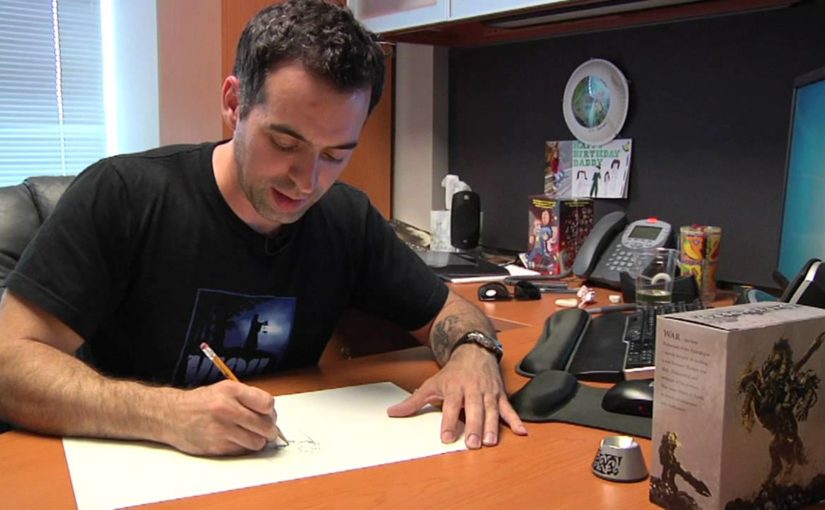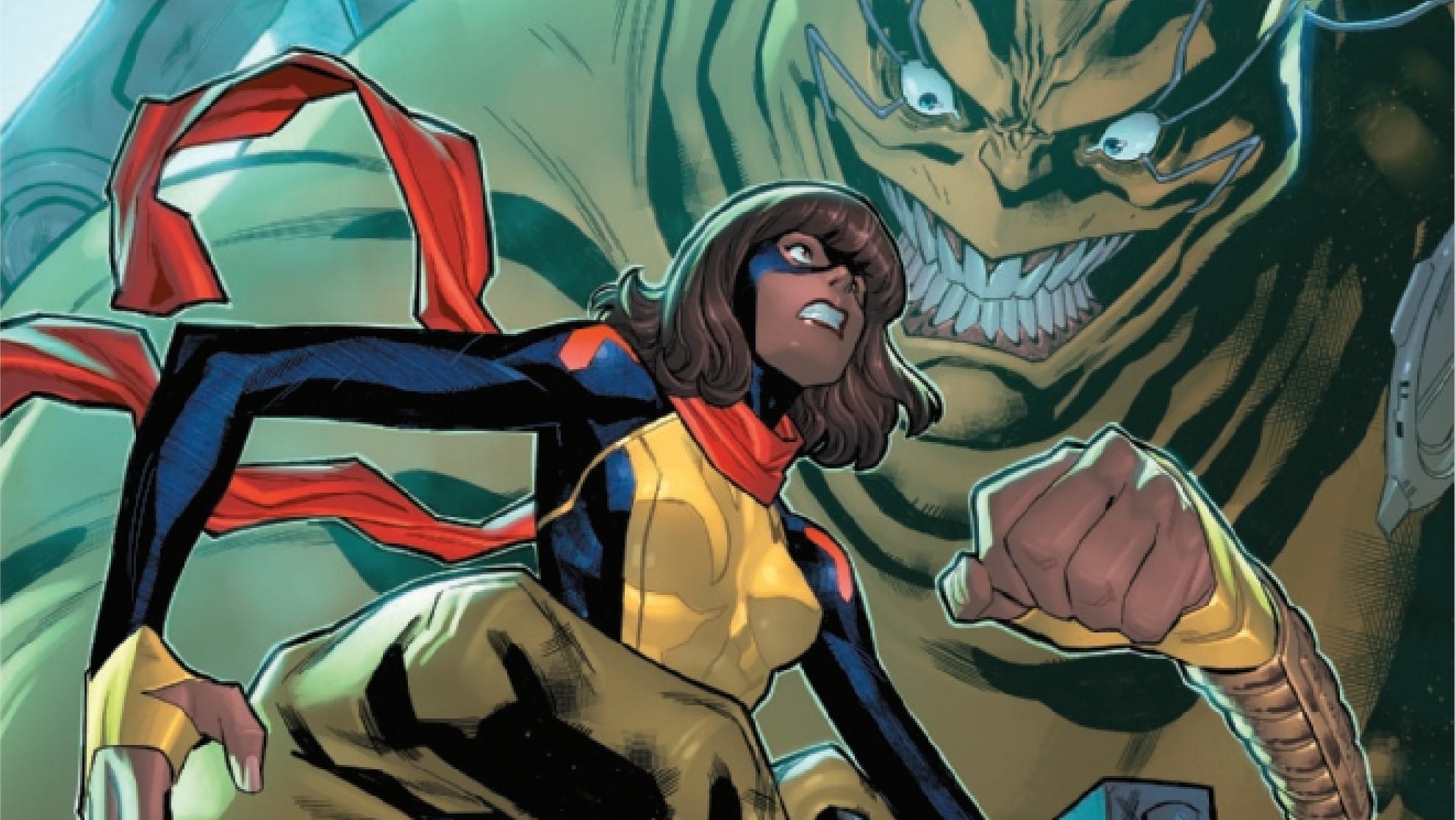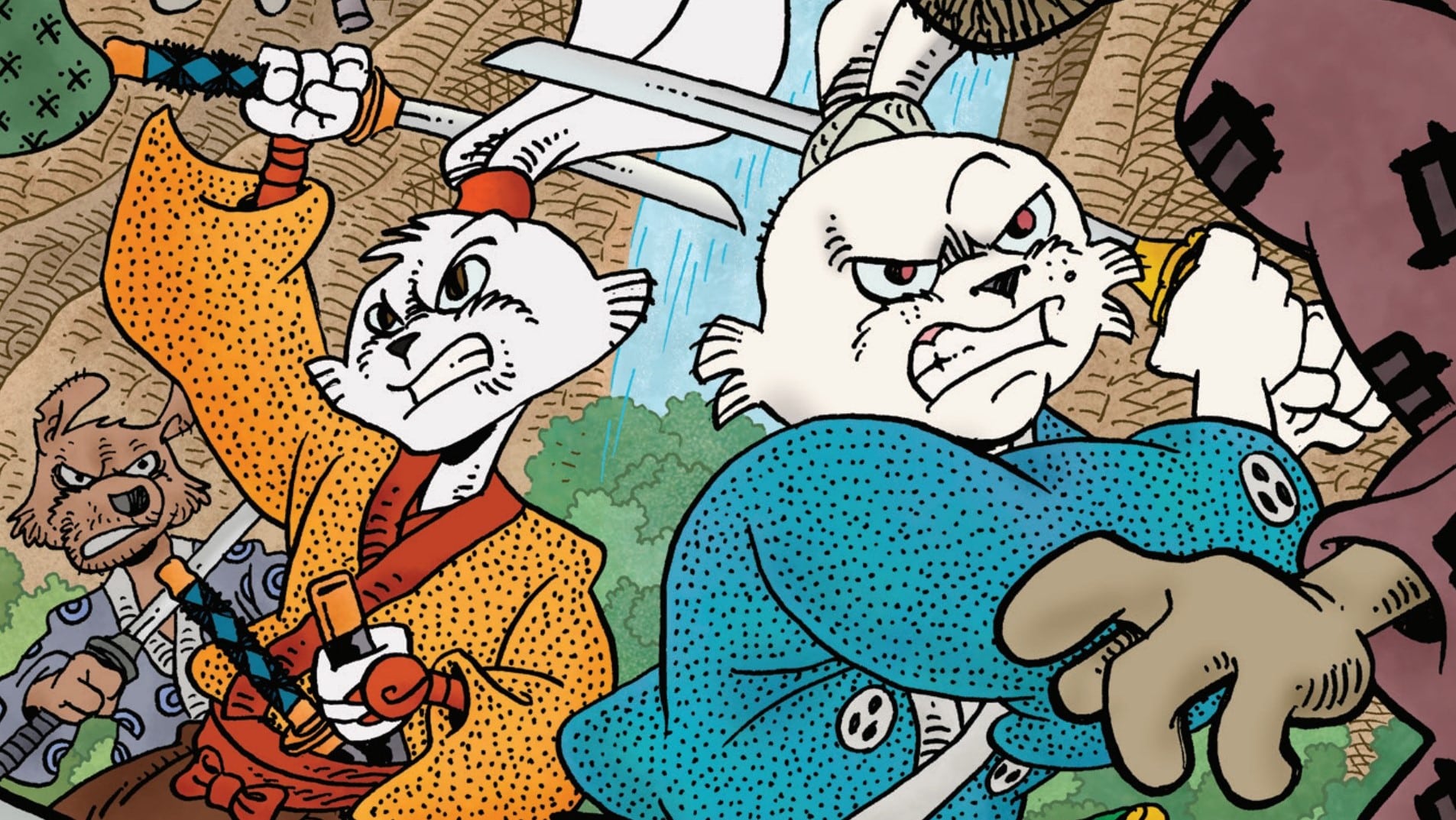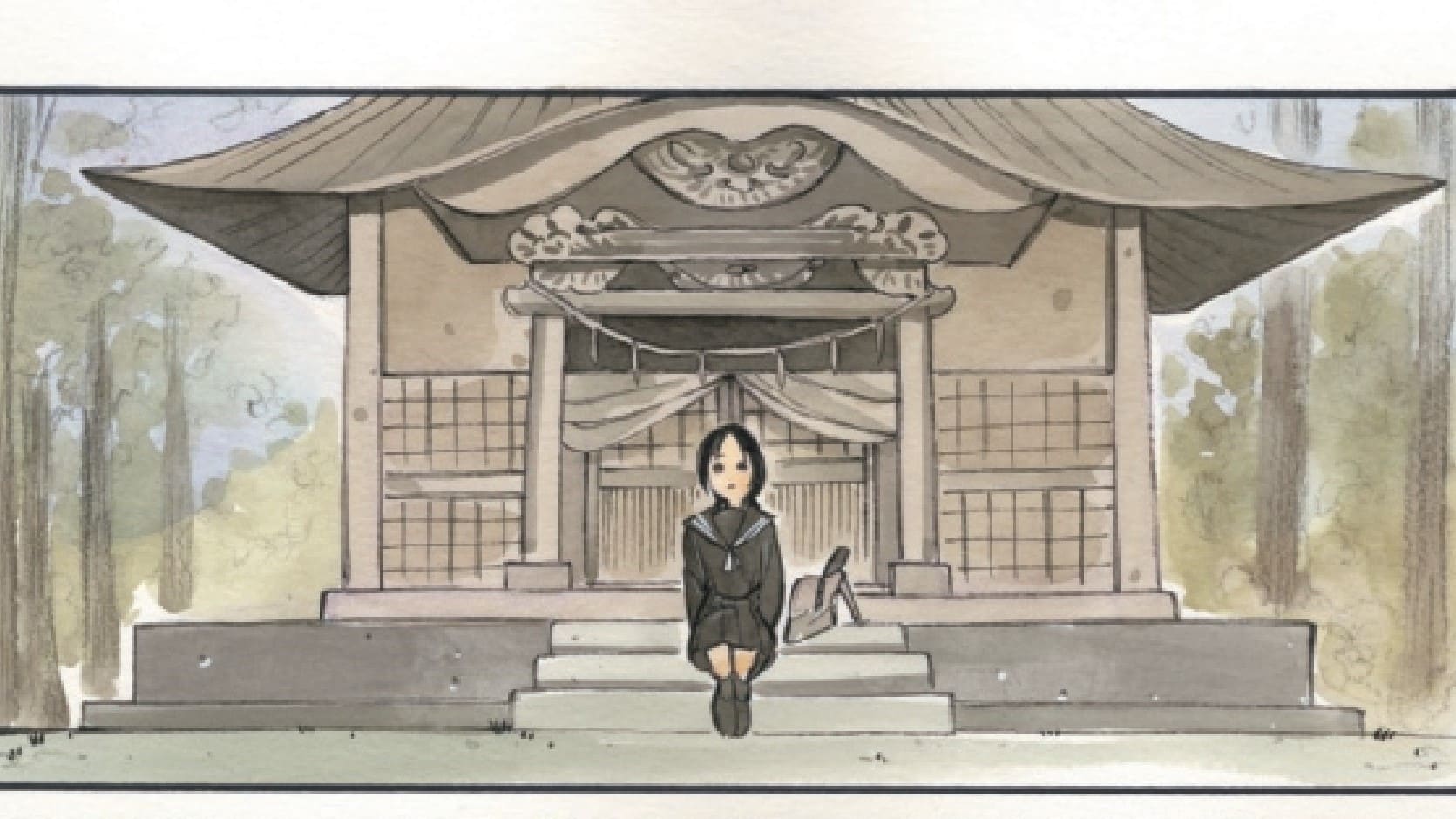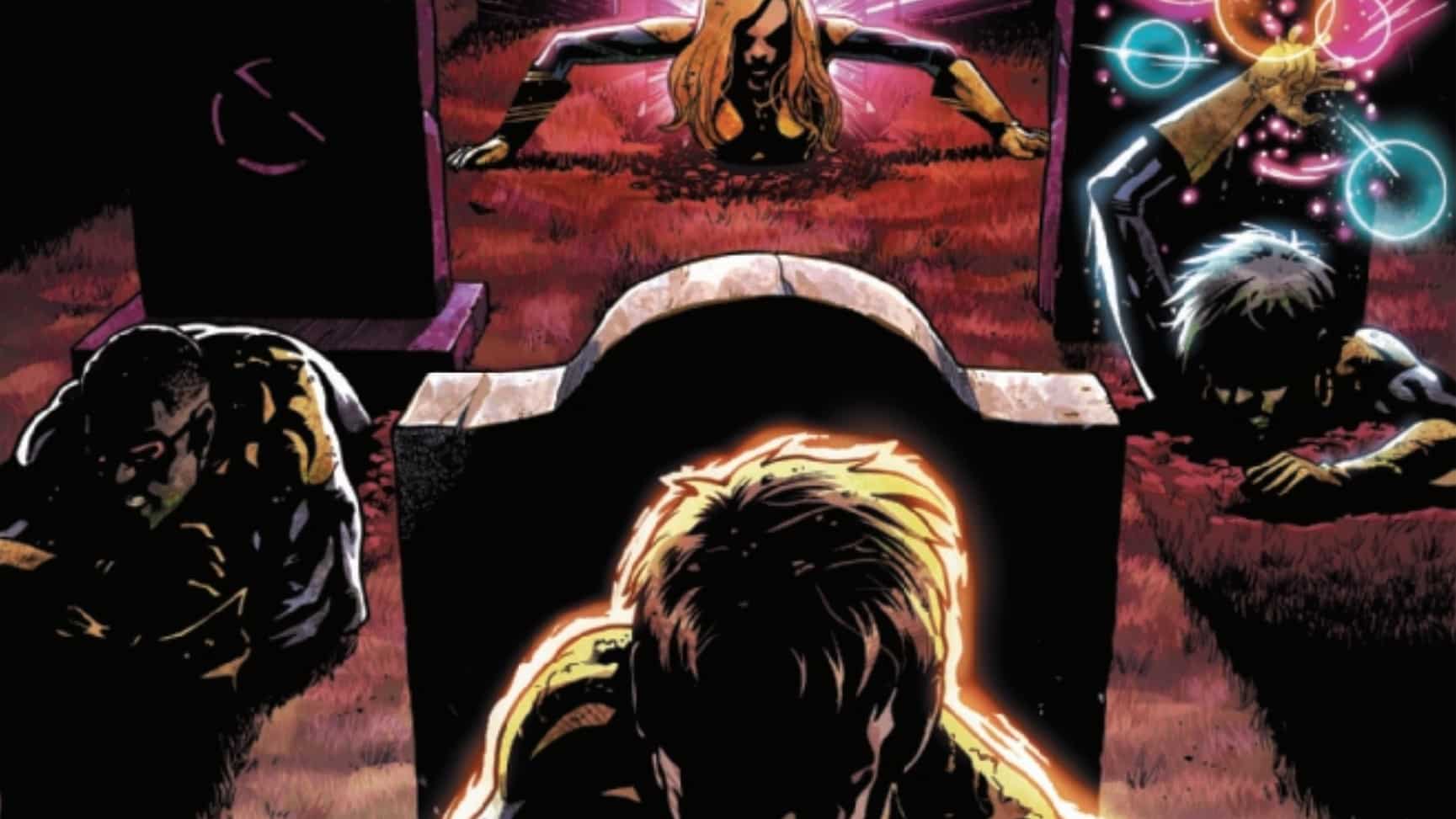In the mid-1990’s, Marvel Comics was struggling. The Image exodus had seen their seven top-selling artists gone, and not on good terms. Todd MacFarlane (Spider-Man), Erik Larsen (Amazing Spider-Man), Rob Liefeld (X-Force), Jim Lee (X-Men), Whilce Portacio (Uncanny X-Men), Marc Silvestri (Wolverine), and Jim Valentino (Guardians of the Galaxy) were achieving very public success at their new studios. Luckily, Marvel’s bench was deeper than the 2014 Spurs, and they had numerous talents to replace them. Unfortunately, they did not last long. On X-Force, Rob Liefeld was replaced by Mark Pacella, who left to create Doom’s IV. He was then replaced by Greg Capullo, who was poached by Todd McFarlane for Spawn. Capullo was succeeded by Tony McDaniel, who also left for Image to create The Tenth. The same story happened on the other X-books. Brandon Peterson, Jae Lee, Mark Texeira, Larry Stroman, Sam Kieth, Joe Quesada and more all jumped ship. By 1994, Marvel’s profits were plummeting as Image’s steadily piqued. Scott Lobdell and Fabian Nicieza were knitting some wonderful stories together in the X-Universe, but the art of the books simply was not up to snuff of the competition. They needed a secret weapon.
In 1991, Brazilian-born Joe Madureira was just 16 years old. He was given an opportunity at Marvel in the form of two or three short stories in the pages of anthology Marvel Comics Presents. His style was a spitting image of the legendary Art Adams. In 1992 the young artist was given a job of more substantial potential, an Excalibur special and two fill-in issues. Excalibur was a book that had enjoyed cult success as a direct-market exclusive under the pen of Chris Claremont and Alan Davis. Once these two had left the book, editor Bob Harras had decided to try to integrate the title further into the X-Men universe to revitalize dismal sales of the spin-off. Joe Madureira’s style fit the book very nicely, and sort of harkened back to the Art Adams special of the 80’s. Joe had yet to truly find his footing but his foot was in the door.

Throughout 1992 and 1993, Madureira’s published work was limited to a handful of pin-ups and covers and he designed some beautiful cards for the 1993 Marvel Trading Card set. His first big break came at the end of the year when he was given the penciling reigns on the first Deadpool mini-series, Circle Chase. The book was gorgeous, and even D-list villains Slayback and Comm-Cast seemed to jump out the page. In December, Joe Mad drew an issue of Vanguard for Image, which no doubt gave Marvel a scare as another promising young artist could have easily been poached. After Vanguard #3, Joe only drew one WildC.A.T.S cover and a Diehard pin-up before returning to Marvel. For whatever reason, he never committed, and came back to Marvel the next month to do a few more covers. Maybe he was too young, maybe he hadn’t too many original concepts of his own, maybe he was unhappy with the hot-headedness of Image’s superstar creators, maybe Marvel had promised him some high profile work. Whatever the case may have been, Vanguard only lasted a few more issues before cancellation, whereas Joe Mad was about to become a superstar in his own right.

In mid-1994, Joe Madureira became lead artist of Marvel’s flagship book, the Uncanny X-Men, taking over from experienced company-man John Romita Jr. His work coincided with the latest title-wide crossover, Phalanx Covenant, and his art was well-received from the outset. Joe hit his stride by going against the grain. All the most popular comics of the time were imitating the style of the Image masters such as Todd McFarlane and Jim Lee—over-inked, cross-hatched, wiry and buff figures, and minimal backgrounds. Joe Mad’s work went in the other direction: more cartoonish, less unnecessary lines, more anime-inspired, simpler yet still detailed. His work had an air of light-heartedness about it, possibly a reflection on the artist’s young age.

In 1995, the entire X-Line underwent a four-month long complete transformation – the Age of Apocalypse. Editor Bob Harras has suffered some criticism for his management of the X-Titles in the mid-90’s, but this line-wide crossover was a stroke of genius. The dozens of X-Men and other characters (some who had not been seen in years) were shuffled around between the various books, and given fresh new outfits that fit each artist’s flair individually. The setting of an alternate universe gave writers the ability to kill off famous characters. The crossover was an overwhelming success, and Joe Madureira’s designs on the Astonishing X-Men endure today, most especially with Sunfire and Morph. These characters had not appeared in years, and their new designs reminded the reader that although this was a new timeline and new decade, the characters were still intertwined together in an over-arching universe.

The problem with a crossover being such a hit is that it is hard to follow up. In 1996, Joe Madureira’s signature artwork may have been really the only thing the Uncanny X-Men had going for it. However, the definitive comic news publication of the era, Wizard, had continued to hype the line and its creators. During this time the characters had enough popularity that Joe was commissioned to do the artwork for Capcom’s Marvel Super Heroes arcade game, later ported to the Sega Saturn. It was a truly great game and Madureira’s style fit the Japanese flavor like a glove.

Onslaught was meant to be the next “big thing” after the AoA, and it certainly delivered in scope and size. It remained the largest crossover by issue count for a decade. Unfortunately it was not as well received, largely owing to a lack of new designs and characters, and “too many cooks in the kitchen” syndrome with the creative teams and editorial staff which resulted in a convoluted plot. Around this time Joe Mad did make some significant contributions, such as new members Marrow, Maggott, and Joseph. Marrow was the only one who stuck around for more than a year, and she was a playable character a few years later in Marvel vs Capcom 2 for the Sega Dreamcast. Maggott and Joseph were not well received at the time by some readers, but they had potential and fit with the X-mould of being very unique in personality and origin.

Around the end of 1997, Joe’s heart just was not in it anymore. He and longtime writer Scott Lobdell left the X-Men line in the same issue, #350. Joe went on to found the Cliffhanger imprint of Wildstorm Productions (formerly an Image studio) alongside Chris Bachalo and J Scott Campbell in 1998. Throughout the next two and three years, he remained active sporadically producing covers for his fellows at Cliffhanger and some very striking PSM Playstation Magazine covers. Battle Chasers was a rare non-superhero high-profile title with lots of potential and of course gorgeous artwork, but it never took off due to the infrequency of issues. Madureira only completed 9 issues over the course of 3 years.

In the 21st century, Madureira has shied away from comics for the most part, focusing on video game efforts Darksiders 1 and 2 for the X-Box and Playstation. He has since returned for a few odd miniseries, notably Ultimates 3, Astonishing Spider-Man, and Inhuman. Many like myself associate the late-90’s as an end of an era for the X-books. With the film of 2000 and Grant Morrison’s revamp in 2001, the title went in a new direction and has since not looked back. Joe Madureira represents the swan song of a generation inspired by the zany colours, costumes, and crossovers of a sprawling mutant universe.
Creator Corner is written by Jack Moores. He apparently doesn’t believe in social media do if you want to contact him you are just going to have to leave a comment or something.
If you liked what you read be sure to follow Xavier Files on twitter, tumblr, and Facebook!
If you want to support the site we have a Patreon where you can get awesome rewards like line cutting!
Zachary Jenkins co-hosts the podcast Battle of the Atom and is the former editor-in-chief of ComicsXF. Shocking everyone, he has a full and vibrant life outside all this.


